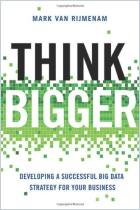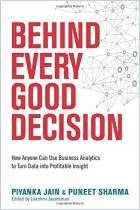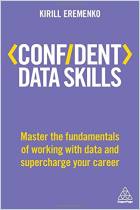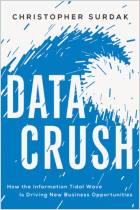
Recommendation
Evaluserve CEO Marc Vollenweider knows his analytics, and large stretches of his guidebook offer focused, applicable advice. The list of analytics-related fallacies in Part I alone can save organizations plenty of money, and the methodology he explains in Part III can make implementing analytics sensible and functional. However, because Vollenweider is so experienced in analytics, he moves quickly, and so his work may challenge those who are new to the field. That issue aside, getAbstract recommends his guidance to anyone interested in analytics, big data or knowledge management.
Summary
About the Author
Marc Vollenweider is co-founder and CEO of Evaluserve, a company that specializes in analytics and data management.
Learners who read this summary also read
Book
Book
Book


















Comment on this summary or Start Discussion